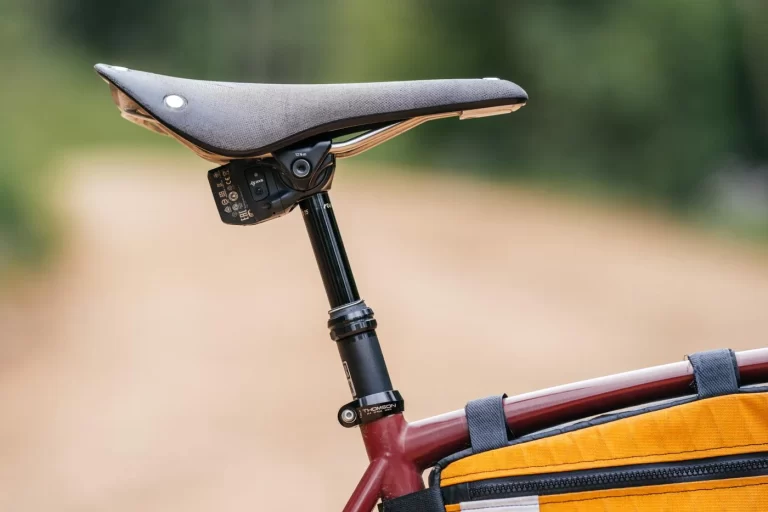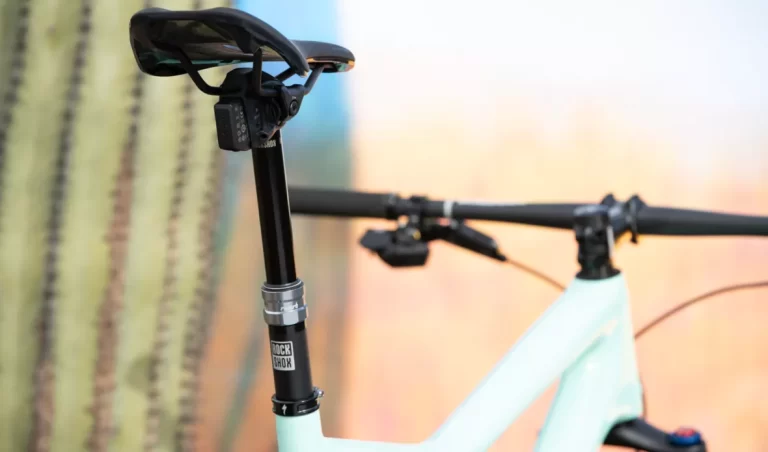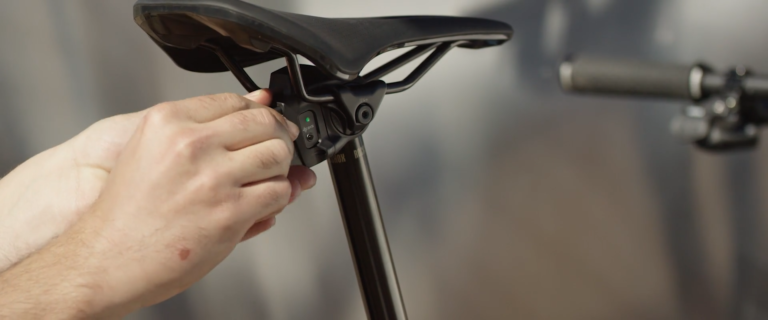Finding Your Flow: The Importance of Dropper Post Travel Length
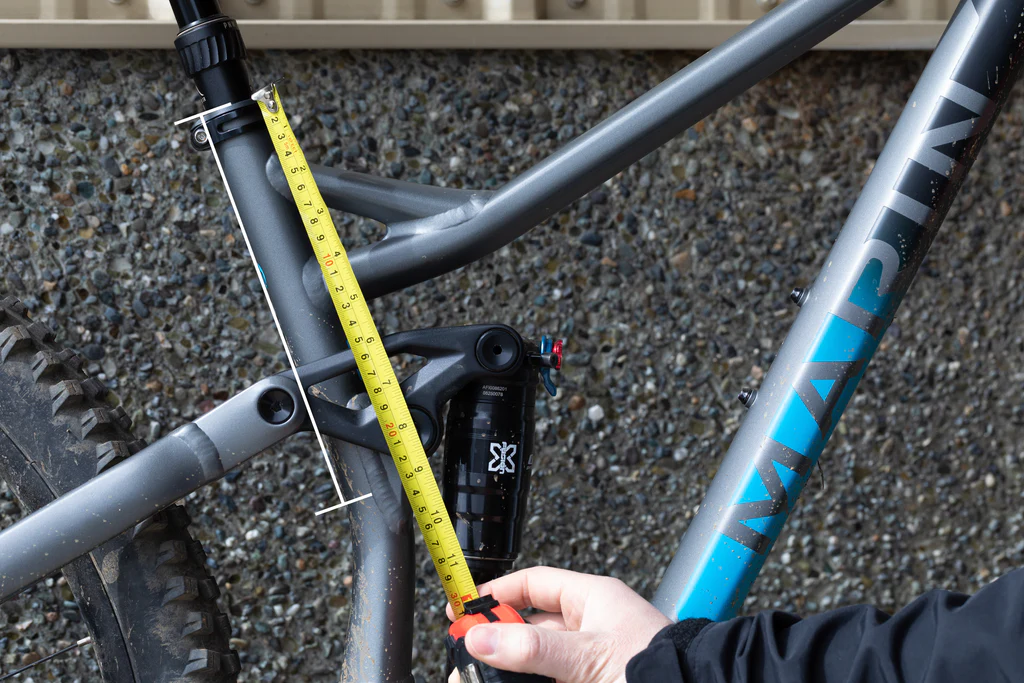
Key Point Summary of The Importance of Dropper Post Travel Length:
- Travel Length Matters: The amount of vertical movement affects your center of gravity and ability to maneuver the bike.
- Ride Quality Enhancement: Proper travel length allows for optimized positioning for both climbing and descending, improving control and comfort.
- Selection Criteria: Consider your bike’s frame size, your leg length, and the type of riding you do.
As a seasoned cyclist who’s navigated the ups and downs of countless trails on mountain bikes, tackled the unpredictable terrains of gravel paths, and raced through the muddiest cyclocross courses, I’ve come to appreciate the nuanced but crucial role of equipment in enhancing ride quality and performance.
Among these, one innovation stands out for its impact on how we ride off-road: the dropper post. The dropper post, a telescopic mechanism that allows riders to adjust their saddle height on the fly, has revolutionized mountain biking, gravel riding, and even cyclocross. The travel length of a dropper post—the distance it can extend or retract—plays a pivotal role in its functionality and the overall ride experience. Here’s why it’s so crucial and how to select the right one for your needs.
The Essence of Travel Length
Travel length defines how much you can lower or raise your saddle without dismounting. It’s not just about comfort; it’s about efficiency and control. On steep descents, a lower saddle gives you a lower center of gravity, enhancing stability and maneuverability. Conversely, when climbing, a fully extended post ensures optimal leg extension, allowing for more efficient pedaling.
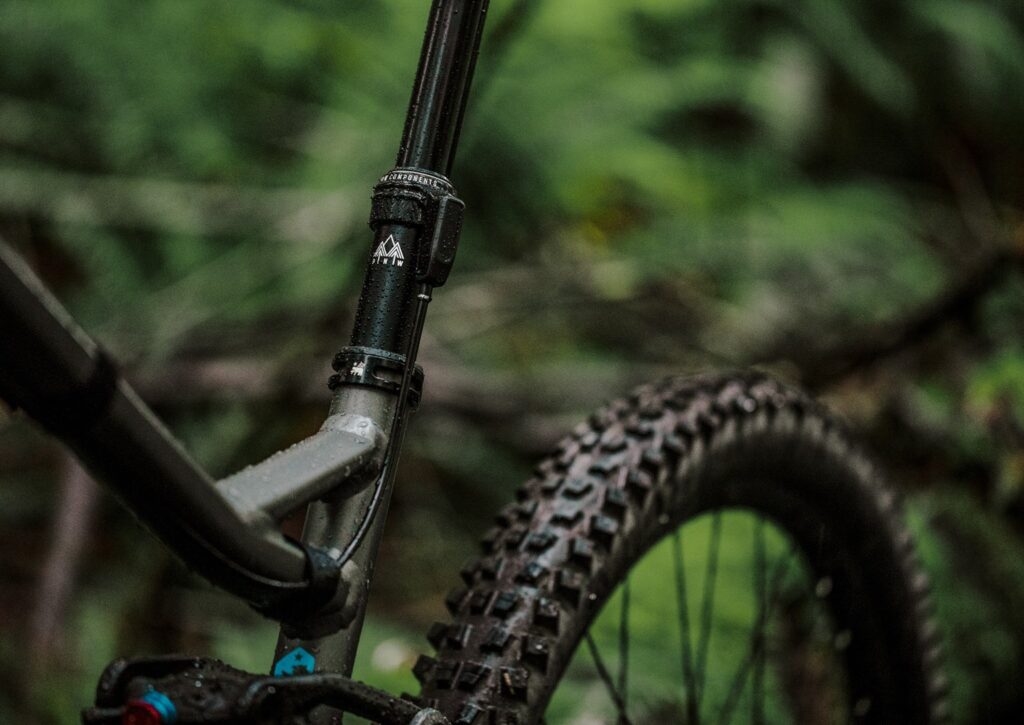
The right travel can make a tangible difference in your riding. It allows for quick adjustments tailored to specific trail sections, enabling a smoother, more controlled, and enjoyable ride. But how do you determine the appropriate travel length for your needs?
Selection Criteria: Balancing Act of Frame, Leg Length, and Riding Style
Choosing the correct travel length involves a delicate balance between your bike’s frame size, your physical dimensions, particularly leg length, and the type of riding you engage in.
Frame Size: Larger frames can typically accommodate longer travel droppers. However, the frame’s design, especially the seat tube length and any curvature, may limit the maximum travel length that can be used.
Leg Length and Seat Height: Your inseam measurement dictates how much you can effectively utilize. A post that’s too long may not allow you to fully extend the saddle to your optimal pedaling height, while one that’s too short won’t provide enough range for significant adjustments during rides.
Riding Style: The kind of terrain you frequent also influences your choice. Aggressive downhill and enduro riders often benefit from longer travel to lower their center of gravity as much as possible on descents. In contrast, cross-country and gravel riders might prioritize a moderate amount of travel for quick, minor adjustments.
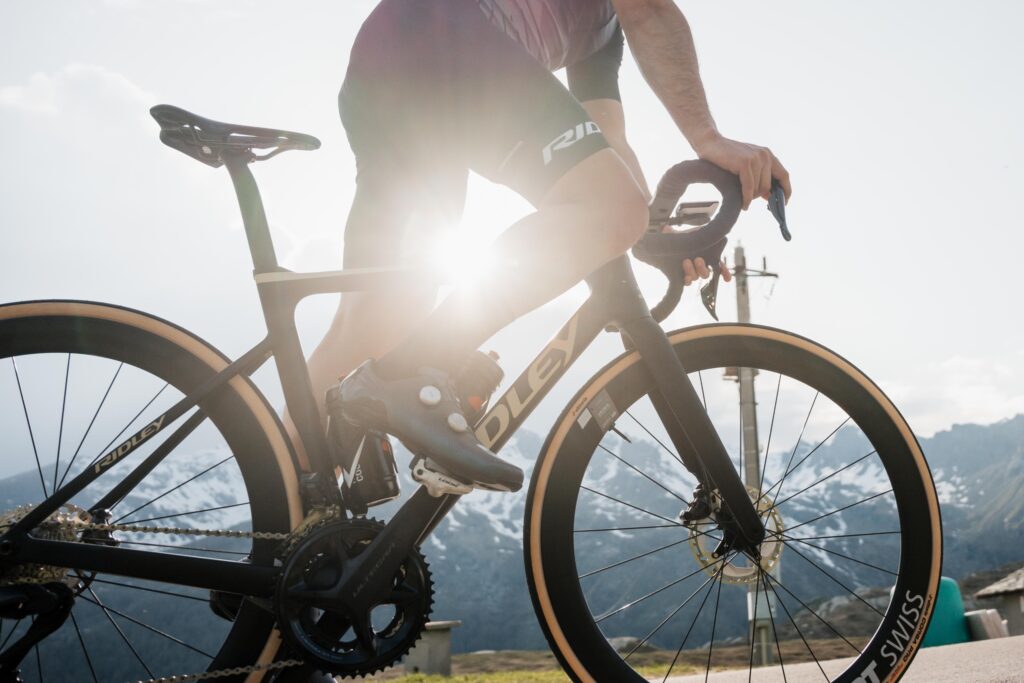
Tips for Making the Right Choice
When selecting a dropper post, consider these steps to ensure you make a choice that enhances your ride rather than complicates it:
- Measure Your Current Seat Height: Knowing your optimal seat height for both climbing and descending helps determine how much travel you actually need.
- Check Frame Specifications: Review your bike manufacturer’s recommendations and the maximum insertion length to avoid compatibility issues.
- Consider Future Bikes: If you plan to move the dropper post to another bike in the future, consider a travel length that’s versatile across different frame sizes and types.
- Test Ride If Possible: Nothing beats experiencing different travel lengths firsthand. If you have the opportunity, test different droppers to feel the impact of various travel lengths on your riding.
The Importance of Dropper Post Travel Length: Closing Thoughts
The dropper post, particularly its travel length, represents a significant evolution in cycling technology, offering riders unprecedented control over their ride dynamics. By carefully selecting a seatpost with the appropriate travel length, cyclists can enhance their ride quality, improve control of technical terrain, and ultimately enjoy a more versatile and enjoyable riding experience.
Whether navigating the steep descents of a mountain trail or cruising on a gravel path, the right seatpost can be your best ally. Remember, it’s about having the right one for you. So, consider your needs, do your research, and embrace the ride.
The best seatpost for any rider depends on finding the right balance between these factors, rather than a one-size-fits-all solution. However, to provide some guidance within the framework of understanding and selection discussed, here’s how you might approach finding the best seatpost for your needs:
- For aggressive downhill and enduro riders looking for maximum maneuverability and control on steep descents, a longer travel length (150mm to 200mm) might be considered the best. It allows for a lower center of gravity and better bike handling on technical sections.
- For cross-country and gravel riders, where the terrain might not demand extreme adjustments, a seatpost with moderate travel (100mm to 125mm) could be ideal. It offers sufficient variability for efficiency on climbs and security on descents without the weight penalty of longer travel posts.
- Brands and Models: Models like the RockShox Reverb AXS (for its wireless operation and range of travel options), the Fox Transfer (known for its reliability and performance across various conditions), and the Thomson Elite Covert Dropper (praised for its build quality and durability) are often recommended for their quality and range of options catering to different needs.
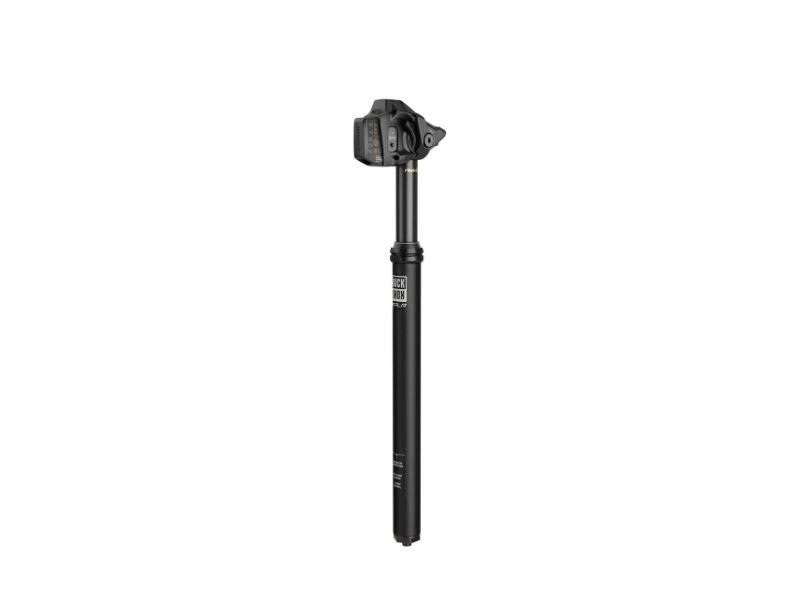
Ultimately, the best dropper post is highly individual. It’s about assessing your specific bike setup, your physical requirements, and your riding preferences to select a seatpost that enhances your ride quality and experience.
Ride on
John
FAQ

What length dropper seatpost do I need?
The length you need depends on your bike’s seat tube length, your inseam, and the maximum insertion depth your frame can accommodate. Measure your current saddle height from the bottom bracket to the saddle’s top, and consider how much you’d like to lower it for descending.
How much travel should my dropper post have?
This depends on your riding style and the terrain you typically encounter. More aggressive downhill and enduro riders benefit from longer travel (150-200mm) for greater control on steep descents, while cross-country and gravel riders might find 100-125mm sufficient for their needs.
Is a longer dropper better?
Not necessarily. While a longer dropper offers more versatility in adjusting your center of gravity, it must fit your bike frame and your body dimensions. An overly long dropper might not allow for optimal pedaling height when fully extended.
How do I choose a dropper length?
Assess your bike’s frame size, your leg length (inseam), and your riding style. Ensure the dropper post can be fully extended to your ideal pedaling height while also retracting enough to improve your maneuverability on descents. Consider the dropper post’s total length, travel, and how much can be inserted into your frame.
